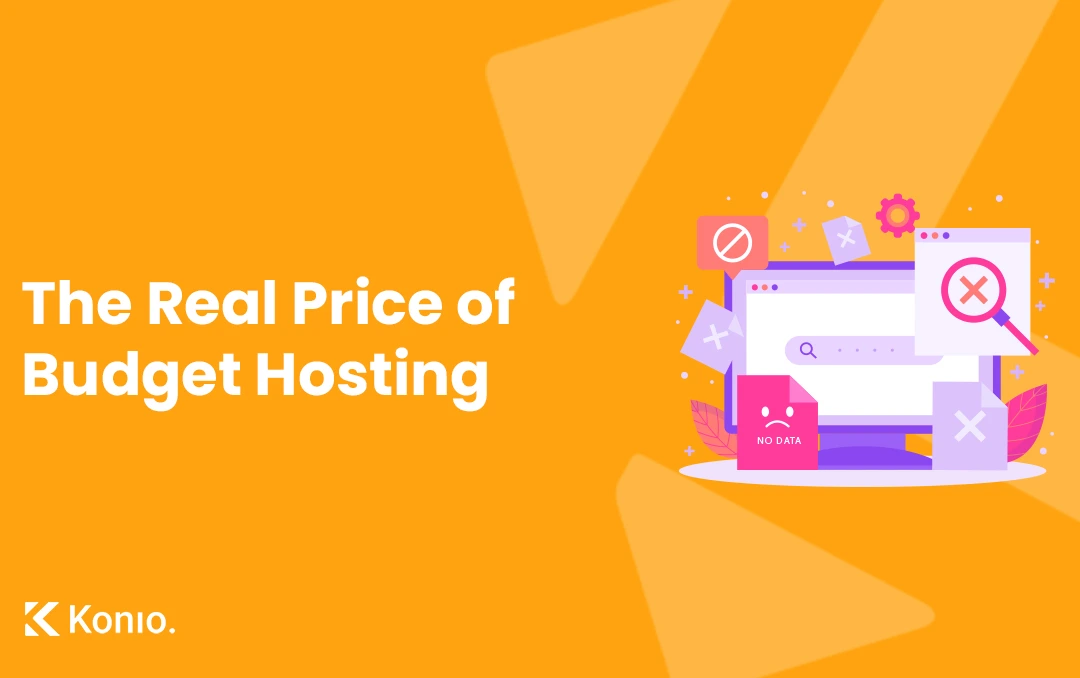In recent years, artificial intelligence (AI) has reshaped countless industries, and web design is no exception. Tools like ChatGPT, MidJourney, and automated website builders promise faster results, streamlined workflows, and cost efficiency. But these advancements come with an important question: Is AI the death knell for creativity in web design?
The Rise of AI in Web Design
AI has revolutionized web design by automating tasks that were once time-consuming and tedious. From generating layouts and content suggestions to personalizing user experiences, AI tools offer unparalleled convenience. They can suggest color schemes, optimize images, and even code entire websites with minimal human input.
While this efficiency is a boon for businesses, it raises concerns about whether AI is diminishing the creative role of web designers.
Creativity vs Automation
Creativity thrives on human ingenuity—the ability to think outside the box, draw inspiration from diverse sources, and create something unique. AI, on the other hand, excels at pattern recognition and replication. It can analyze existing designs and produce iterations based on established trends but struggles to innovate in ways that defy those trends.
For example, an AI tool might recommend a trendy minimalist design. While functional, it may lack the personality or storytelling that a human designer could weave into the project. Over-reliance on AI could lead to a homogenized web, where designs feel formulaic rather than inspired.
The Human Touch
Web design is more than arranging pixels—it’s about crafting experiences. A skilled designer considers the audience, brand identity, cultural context, and emotional resonance of a design. These nuanced decisions are difficult for AI to replicate, as they require empathy, intuition, and creative risk-taking.
AI might suggest the how, but designers determine the why. For example, while AI can generate placeholder copy, it doesn’t understand the subtleties of tone or messaging that align with a brand’s voice.
Enhancing Creativity, Not Replacing It
Rather than viewing AI as a threat, web designers can use it as a tool to enhance their creativity. AI can handle repetitive tasks, allowing designers to focus on strategy, aesthetics, and storytelling. It’s not about replacing creativity but augmenting it.
Some practical applications include:
- Idea generation – Using AI for mood boards or inspiration based on keywords or themes.
- Efficiency – Automating coding tasks or testing designs across devices.
- Data-driven insights – Leveraging AI analytics to create designs rooted in user behavior.
The Future of Web Design
The web design industry isn’t facing the downfall of creativity but rather a redefinition of it. As AI becomes more sophisticated, designers will need to adapt by focusing on skills that AI can’t replicate—emotional intelligence, strategic thinking, and boundary-pushing innovation.
AI will never replace the unique spark of human creativity, but it will challenge designers to think differently and raise the bar for what’s possible. Embracing AI as a partner, not a competitor, is the key to staying relevant in an evolving field.
< Wrapping Up />
AI in web design is a powerful tool, but it’s not the enemy of creativity. The true downfall would be resisting change instead of leveraging it to reach new heights. Web designers who embrace AI while staying true to their creative roots will lead the way in shaping the future of the industry.




